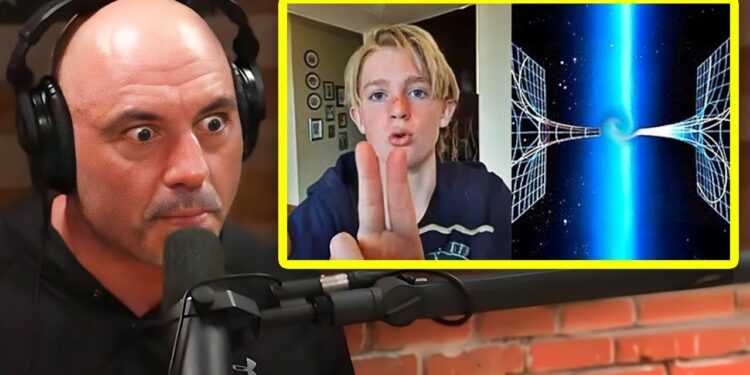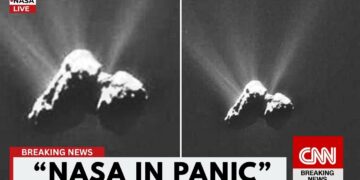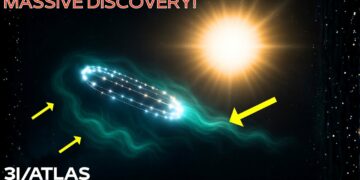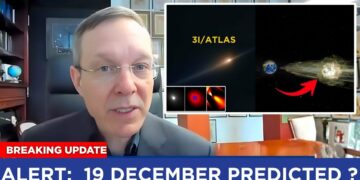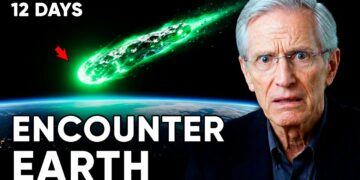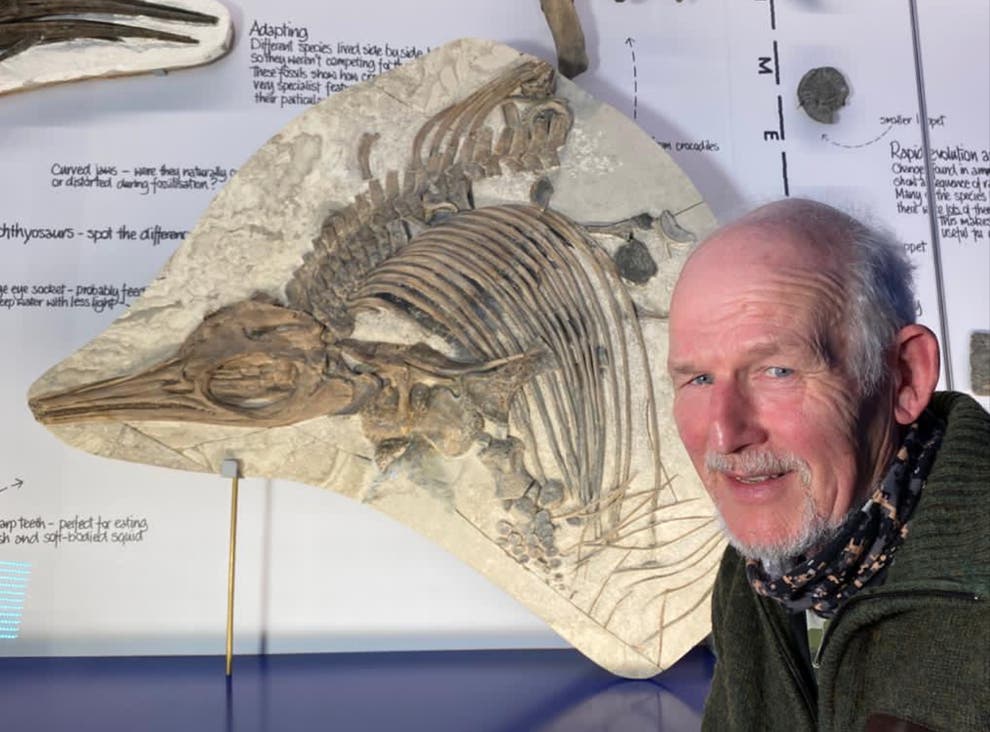I stumbled into a YouTube rabbit hole one night while smoking and ended up watching a video claiming the “world’s smartest kid” believes CERN destroyed the universe in 2008. I was like, “What the hell?” The video featured a 12-year-old kid, super articulate, talking for 20 minutes about complex concepts to prove his intelligence. His dad or a close relative was recording. He theorized that when CERN’s Large Hadron Collider (LHC) smashed electrons, it triggered a chain reaction, creating an atom too heavy, which shifted our universe into a parallel one. He also explained infinite parallel universes.
For months after, everything I saw—news, movies like Spider-Man: Into the Spider-Verse, TV shows—seemed to reference multiverses. It messed with my head. The kid’s theory aligned with claims that CERN’s experiments caused us to live in a nearby parallel universe. I couldn’t sleep, my mind racing with vivid colors and thoughts. Then I had a lucid dream about thousands of dead cattle baking in the sun, which I interpreted as a sign of nuclear war. This was during the Reagan era, with high U.S.-Soviet tensions. I told friends about it, half-joking that the world would end the next weekend, not that one. They marked December 1, 1975, on a calendar as “Paul predicts the end of the world.”
The following week, massive rains and snowfall hit, followed by a temperature inversion spiking to 75–85°F. Snow melted, rivers flooded, and my cabin near a river was at risk. I rushed to save my manuscript and research, navigating closed roads to reach it. The riverbank had eroded, leaving my cabin 10–12 feet from collapse, but I rescued my work. Two days later, roads reopened, and as I drove out, I saw hundreds of dead cattle in the fields, just like my dream. It was eerie, like living in The Matrix or a video game so immersive you forget it’s not real.
This led me to the simulation hypothesis, a technological singularity where reality is indistinguishable from a computer simulation. I researched quantum physics, the observer effect, and world religions, which suggest there’s no physical universe. We’re likely in a massively multiplayer video game or simulation. But who created it? There are two simulation theories: NPC (non-player characters, where we’re AI code) and RPG (role-playing game, where we exist outside and play avatars). In games like Fortnite, both coexist. If we reach the “simulation point”—creating indistinguishable virtual realities—advanced civilizations likely already have. A civilization 1,000 years ahead could’ve built this.
Max Loughan, a 13-year-old prodigy, supports this. He claims CERN’s LHC, a 17-mile particle accelerator under France and Switzerland, may have shifted us into a parallel universe. His theories, including a free energy device, suggest the LHC’s collisions—recreating Big Bang conditions—caused an anomaly, moving us through infinite parallel universes. He ties this to the Mandela Effect, where people collectively misremember events, like Nelson Mandela dying in the 1980s (he died in 2013). Other examples include Mickey Mouse’s suspenders or Snow White’s “Mirror, mirror” line, which is actually “Magic mirror.”
CERN’s LHC aims to uncover fundamental particles, like the Higgs Boson (discovered 2010), and dark matter, which binds galaxies but remains invisible. Its runs (2010–2013, 2015–2018, 2022–2026) have yielded breakthroughs, like X particles from the universe’s infancy. In July 2022, a 14-hour crack in Earth’s magnetic field, caused by a solar co-rotating interaction region, sparked auroras and sci-fi speculation. Though normal, it highlights our shield’s vulnerability.
Quantum mechanics underpins these ideas. Unlike classical mechanics, where particles have defined positions, quantum mechanics uses wave functions, governed by the Schrödinger equation. When observed, the wave function “collapses” to a specific state (e.g., an electron’s spin is up or down). This measurement problem—why observation changes outcomes—leads to the Many Worlds theory. It posits that all possible outcomes occur in separate, branching universes. So, when you measure an electron’s spin, one universe sees “up,” another “down.” You’re also a quantum system, entangled with the universe’s single wave function.
Einstein, skeptical of quantum mechanics’ Copenhagen interpretation (separate rules for observed/unobserved states), believed something deeper explained reality. Many Worlds is one answer, suggesting infinite universes exist. CERN’s experiments, climate change denial, and simulation theories challenge our reality. If we can build simulations, perhaps we’re already in one, created by an advanced civilization or even ourselves in the future.

